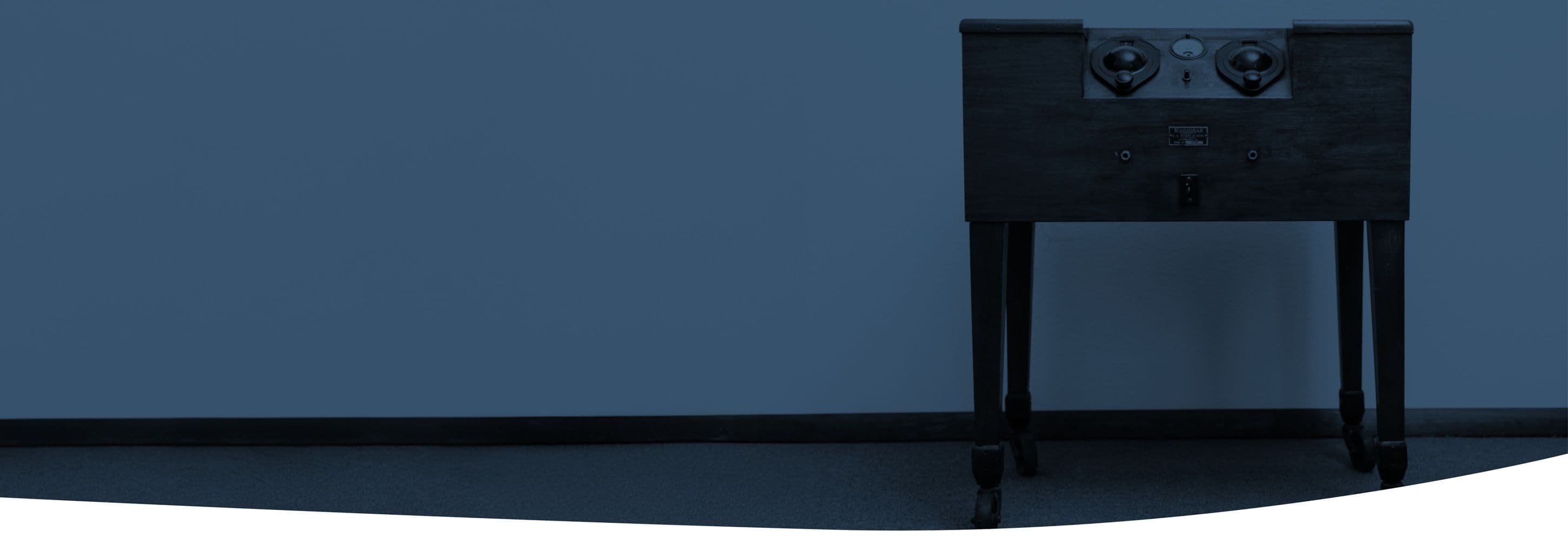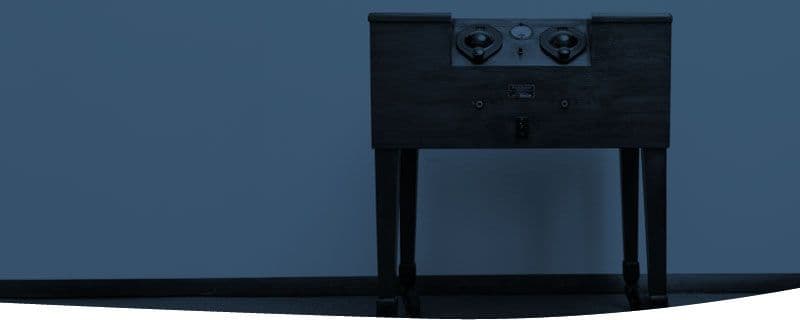A century of innovation and evolution
Over 100 years of innovation and evolution with a constant focus on the needs of the audiology community
RadioEar was founded in June of 1924 by Edward A. Myers. Known as ‘E.A.’ to his employees and associates, Myers began his career in 1896 as an attorney in Indiana and had become an exceptionally able trial lawyer when he developed a serious hearing impariment shortly after the turn of the century. The hearing loss prevented him from continuing as a lawyer. so he entered and successfully pursued another field, that of engine manufacturing, including the manufacture of the ‘Great Western’ automobile.
E.A. moved to Pittsburgh in 1912 and was exposed to the first broadcasting in the world from radio station KDKA. Unfortunately, his hearing loss prevnted him from being able to hear anything at all on the ‘crystal’ set… E.A. and a Westinghouse engineer, George F. Harrington, then built a vacuum tube radio that was six feet long and powered by automobile batteries providing a total of 135 volts.
Using a headset, E.A. listened to the June 25, 1924 broadcast of the National Democractic Convention; he was able to hear the broadcast very well and the concept of RadioEar was born, The first 185 lb. cabinet model hearing aid was completed by September 15, 1924 and was called RadioEar. Samuel F. Lybarger, son-in-law of E.A. Myers, joined the company in June of 1930. Sam was the chief engineer for RadioEar from then until his retirement in 1973. Sam was a leader in the field of hearing health care, wrote many articles and held many patents.
RadioEar introduced the first magnetic microphone for use with hearing aids in 1946. Sam Lybarger invented the bone conduction transducer in 1948-49, with the first sales in 1950. The model B71 bone vibrator was introduced in 1973 and has remained the accepted standard of the industry.
RadioEar was sold to Esterline Corporation in 1970 and then sold on to Page Mill I in 1978. Three long time employees of RadioEar, Harold Holsopple, Walter Piroth and Andrew Kriceri purchased RadioEar in 1982. RadioEar ceased manufacture of hearing aids in the mid 1980s and concentrated on the production and sale of bone vibrators.The primary use of the RadioEar B71 bone vibrator is with audiometers in diagnostic testing.
While continuing to produce the world’s dominant bone conductor, RadioEar has constantly searched out new technologies to enhance their transducers. This search has, for example, resulted in a very fruitful collaboration which led to the introduction of the B81 to the RadioEar portfolio. The balanced armature of the B81 permits higher output levels at low frequencies with less distortion.
From 2000 and onwards, RadioEar has been able to benefit from even greater partnership opportunities leading to recent expansion of the RadioEar product line which now includes air transducers, headsets, insert phones and speakers.

